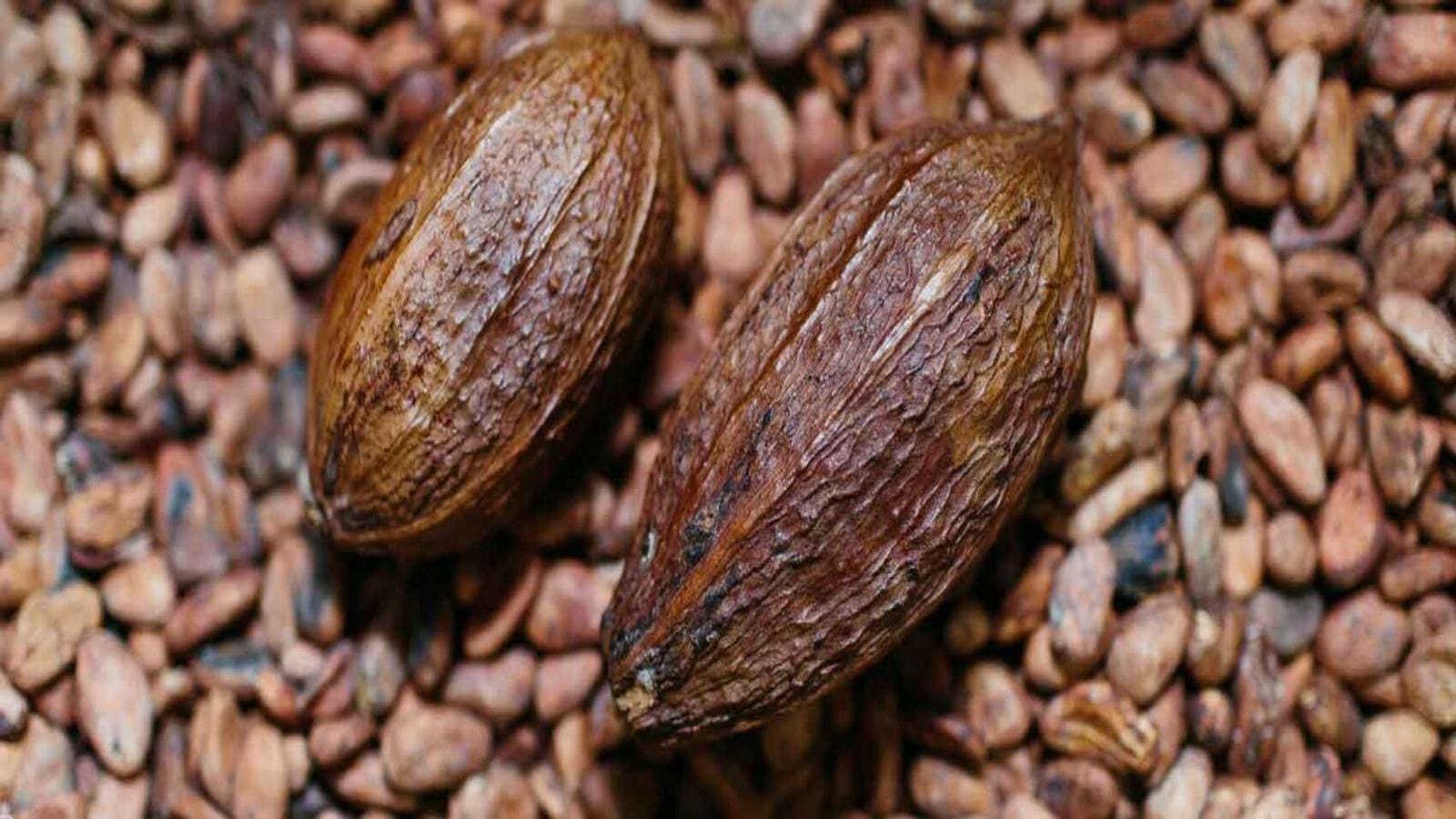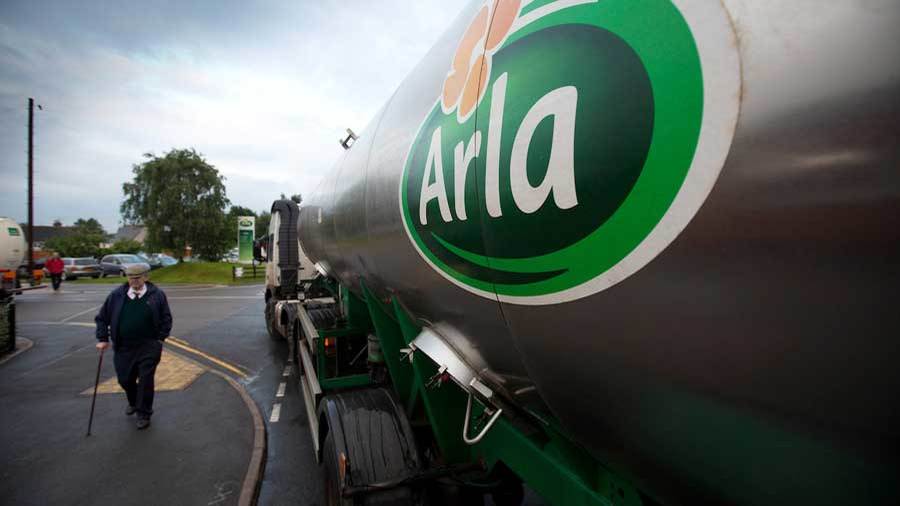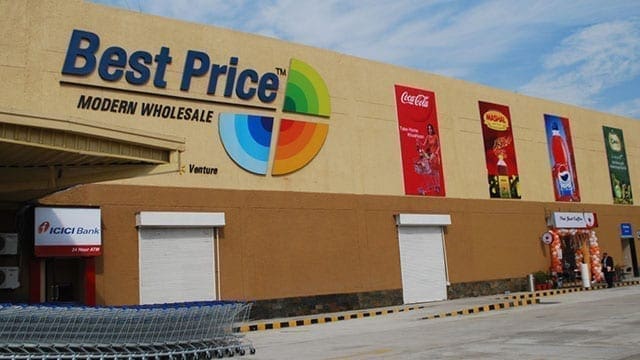SWITZERLAND – Lindt & Sprüngli, a Swiss chocolatier and confectionery company known for its chocolate truffles, has said that it has achieved its goal of tracing 100% of its to cocoa beans back to the farmers.
Sustainably sourced and high-quality cocoa beans are crucial to Lindt & Sprüngli chocolates and traceability plays a major role in providing confidence in the ability of the supply chain to only deliver sustainably sourced coffees.
Lindt & Sprüngli developed its sustainability program for cocoa beans in 2008, the Lindt & Sprüngli Farming Program.
The initiative was launched in Ghana and is now established in all five countries from which Lindt & Sprüngli sources cocoa beans.
The program promotes the ecological and socially responsible cultivation of cocoa beans and supports farmers, their families, and their communities according to their specific needs.
“Since 2008, we have been supporting cocoa bean sustainability and traceability in our supply chain through the Lindt & Sprüngli Farming Program. We are delighted that after 12 years of groundwork, we achieved this major milestone,” a Lindt & Sprüngli spokesperson said in an interview with the press.
“Traceability is crucial to have a real impact. We need to know who produces our cocoa and what the conditions on the ground are to support farmers and their communities with the right actions. For us, traceability begins with the cocoa farmers and does not end until the beans reach our production sites.”
A step towards the right direction
Lindt & Sprüngli’s action is a step towards right direction given that farmers, who toil day and night to produce the crop, often end up earning lower wages.
In Guatemala, cocoa pickers often receive a daily quota of 45 kilograms just to earn the minimum wage: $3 a day.
The situation is even worse in areas such as Ghana and Ivory Coast where farmers end up earning less than US$2 a day for their work.
The low wages have prompted many to opt for child labor to maximise their profits in the often labour-intensive job.
A recent report by the U.S. Department of Labor, 20% of children in coffee-growing countries fall victim to labor exploitation in coffee cultivation.
Tracing cocoa beans to farms means that farmers will be better remunerated for their efforts and would thus be disincentivized to use child labor on their farms.
These tracing systems also act as a deterrent to dishonest farmers who might want to take advantage of school going children as by doing would lead to them losing their lucrative tenders with chocolate manufacturers.
“This highest level of traceability guarantees that the cocoa beans from the Farming Program are always physically processed and transported separately from all other beans and can be traced back to their origin. The traceability of our cocoa bean supply chain is the key foundation of our Program for improving living conditions in the growing countries in the long term,” the spokesperson outlines.
“We will continue to pursue our path with great energy and continuously expand and improve the Program. It is clear – there is still a lot to do,” he affirms.
A sector wide approach
To address the challenges in the coffee sector, other companies have also started investing in extensive scale farmer training for better livelihoods and less incentive to encroach into forests.
Barry Callebaut recently launched a first-of-its-kind, large-scale indicative High Carbon Stock (HCS) map covering Malaysia, Indonesia and the Philippines.
Last month, Cargill shone a light on the importance of protecting the forests in Ghana and Côte d’Ivoire. In the company’s Cocoa & Forests Initiative report, Cargill revealed that progress and restoration is being made through farm mapping and traceable supply chains.
Also, Nestlé recently stepped up sustainability efforts to protect and restore forests while also outlining that the iconic KitKat brand will be carbon neutral by 2025.
Liked this article? Subscribe to Food Business Africa News, our regular email newsletters with the latest news insights from Africa and the World’s food and agro industry. SUBSCRIBE HERE











